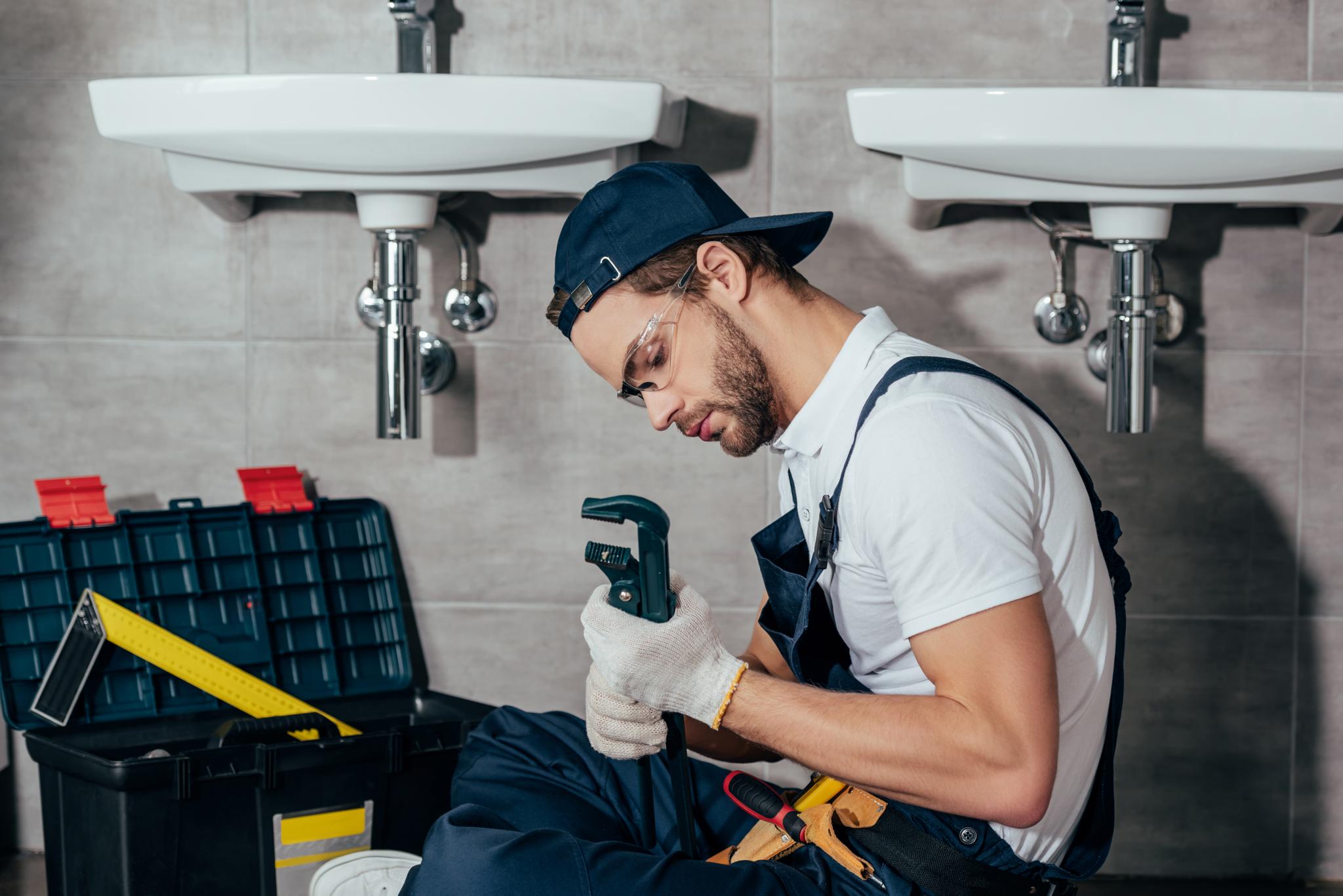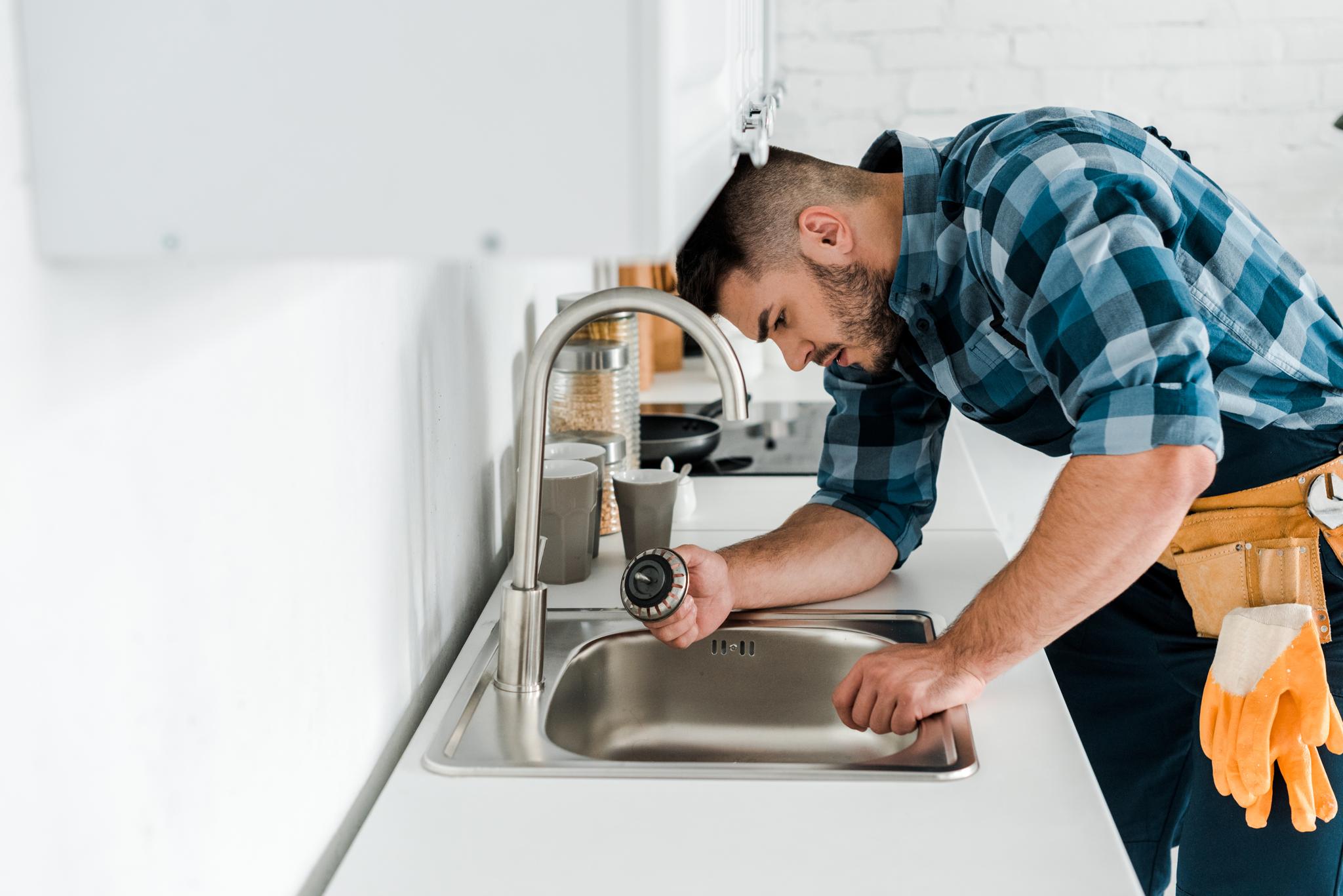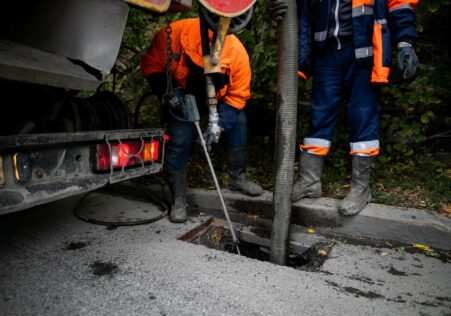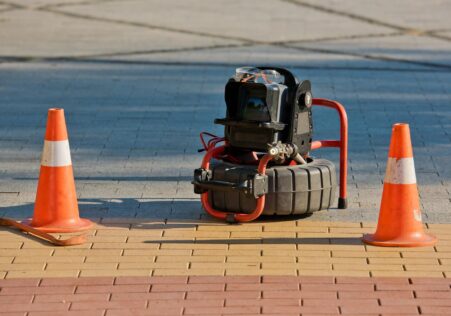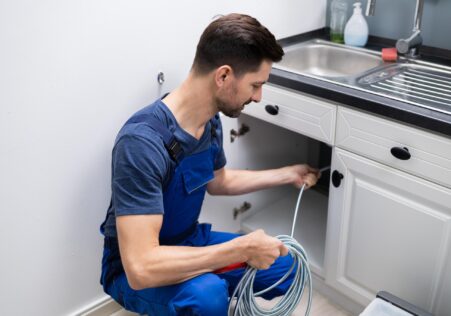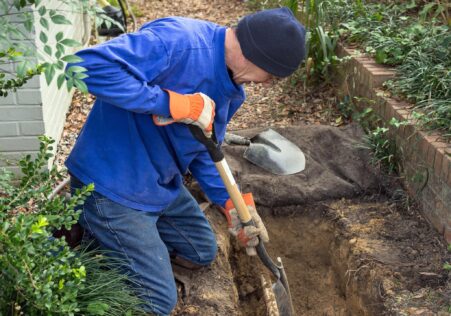Avoid Drain Blockages: Tips to Steer Clear of These 5 Common Triggers

Blocked drains are a common problem that can cause a lot of inconvenience and frustration. They can lead to unpleasant odors, slow draining water, and even sewage backups. Understanding the common causes of blocked drains will help you prevent them in the first place.
Blocked drains are caused by different reasons, and if not adequately addressed, can lead to costly repairs for your home or business. Here are five common causes of blocked drains and how to prevent them:
1. Foreign objects
Blocked drains can be caused by foreign objects like hair, food particles, soap residue and paper products. These materials stick together inside pipes forming a blockage that prevents water flow.
To prevent these blockages from occurring:
- Cooking oil should be disposed of in the trash, not the sink
- Avoid pouring leftover food debris or coffee grounds into the sink
- Install drain covers in sinks, bathtubs, and shower stalls to prevent hair from accumulating
- Use minimal toilet paper when flushing
2. Tree roots
Tree roots often grow toward water sources such as cracked pipes or pipe joints where they can infiltrate and eventually cause a complete blockage within the pipe.
To prevent tree root intrusion
- Professionals can install pipes properly so that they are level.
- Avoid planting trees next to sewer lines
3. Grease buildup
Grease buildup is one of the most common causes of residential cookbook problems leading to blockages. Hot grease is often poured down the kitchen sink. It’s liquid form allows it to escape from dishes, but it congeals quickly once it cools and gets deep within your pipes, causing blockages.
You can dispose of grease-laden oils and other greasy substances in your kitchen sink by emptying the trash into a garbage bin, rather than pouring it into your kitchen drainage system.
4. Structural damage
Cracked or collapsed pipes due to age, weather or changes in the soil can cause blocked drains. The following are signs of pipe damage:
- Slow draining water
- Multiple blocked fixtures
- Mold growth
- Foundation cracks
To prevent structural damages:
- Regular inspections of your sewer lines with CCTV inspections are recommended so that professional repair companies can detect and correct any problems.
5. Incorrect pipe installation
Incorrect pipe installation or poor design can also contribute to blocked drains as it sometimes leaves very tight bends in unscrupulous areas where large debris easily form blockages from accumulated waste.
To prevent such occurrences, hire professionals to properly install pipes and ensure the pipes meet the recommended standards for sizes and torques.
Conclusion
Blocked drains can lead to significant problems if ignored for long periods of time. Be proactive about preventing blockages by taking preventative measures, hiring professionals for regular maintenance checks, following plumbing code requirements during constructions, placing catch baskets on screen traps in sink an drain shower outlets to capture any debris before it reaches the drainage system. Take care of your pipes today to ensure that they remain clear tomorrow and in years ahead.
The key takeaways
These are the most important things to remember after you have read this article.
- Foreign objects like hair, soap residue, paper products and food particles are common causes of Blocked Drains.
- Tree roots growth toward water sources such as cracked pipes causing complete blockage within a pipe.
- Blockages can be caused by grease buildup in your pipes.
- Structural damages due to cracked or collapsed pipes due to age, weather or ground shifts impairing smooth flow of water.
- An incorrect installation of pipes can leave tight bends that are susceptible to large debris, causing accumulation blockages. from wastes going through drainage system.
- Instead of waiting for an emergency, hire only certified plumbers for routine check-ups.
- Follow standard local plumbing codes during construction.
- Place catch baskets on screen traps at outlets to capture any debris before it reaches the drainage system.


